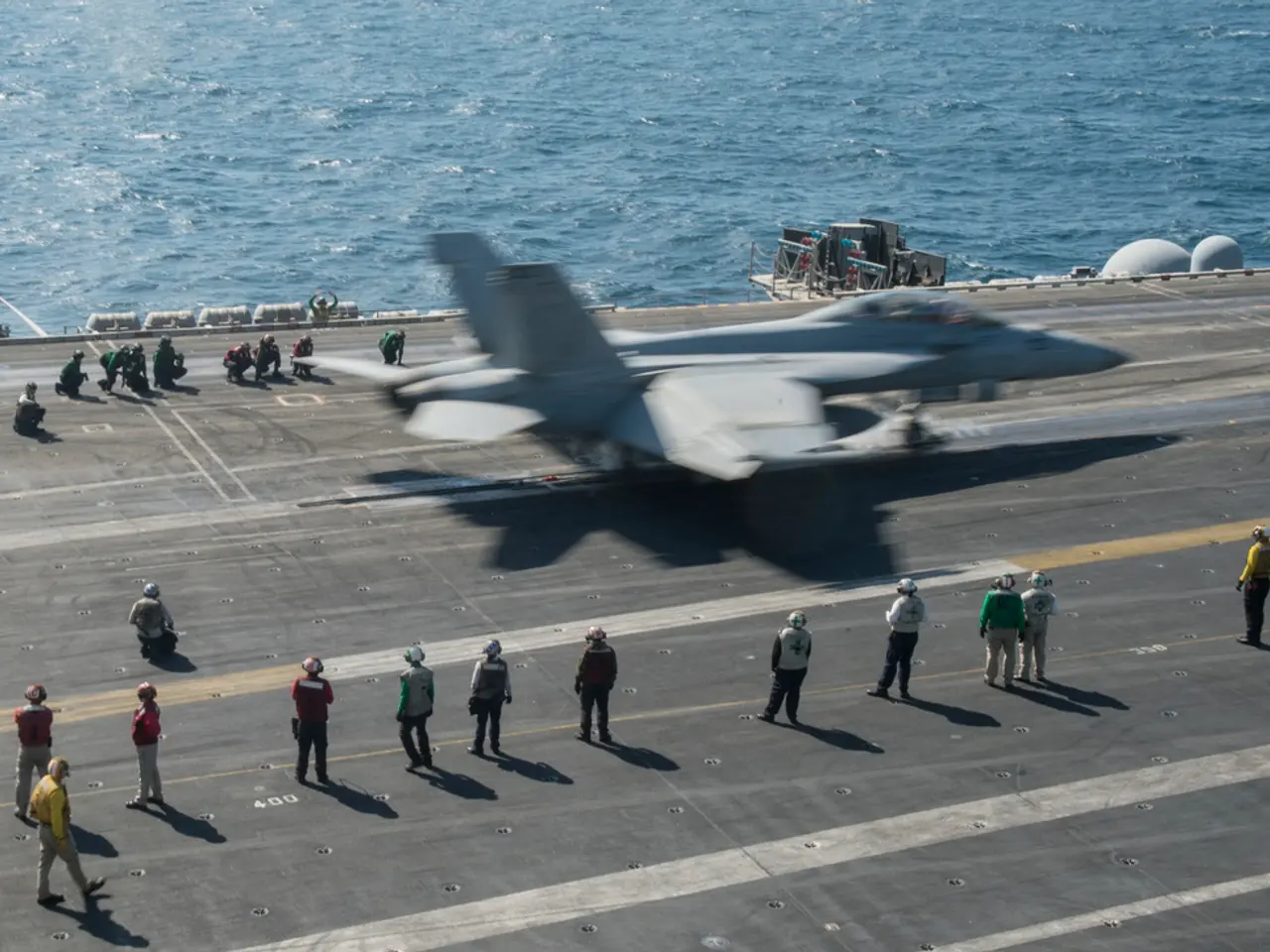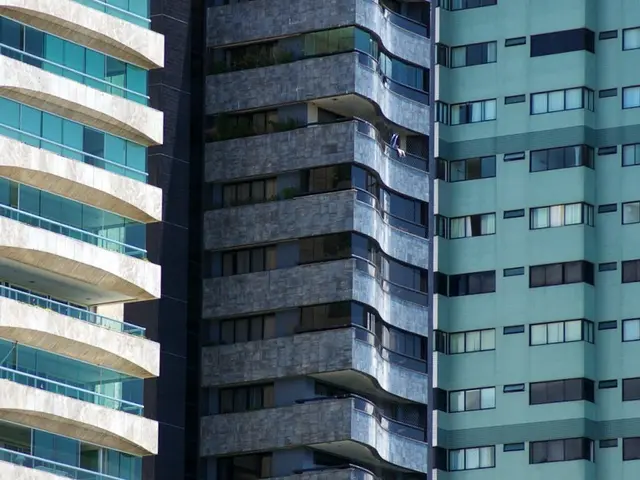Exploration of Aviation's Aquatic Hazard: Hydroplaning on Aircraft
In the world of aviation, a safe landing is the result of a delicate dance between the aircraft and the runway. This dance is heavily influenced by the friction between the aircraft's tires and the runway surface, a force that can make the difference between a smooth touchdown and a potentially dangerous situation.
During the flight planning stage, pilots check the weather and any NOTAMs (Notices to Airmen) valid for the destination airport at the expected arrival time. Special types of NOTAMs, known as FICO NOTAMs, provide runway contamination information.
When planning to land on a contaminated runway, pilots need to add safety factors to account for the increased risk of hydroplaning. Most POH (Pilot's Operating Handbook) and AFMs (Airplane Flight Manuals) have landing distances published for wet runways as well.
When an aircraft touches down, the friction between the tires and the runway plays a crucial role. In a rolling tire, the friction is primarily from the tire's grip and traction with the surface, allowing controlled motion and energy dissipation to slow the aircraft safely. The friction in this rolling contact is optimized by tire design features such as grooves that help maintain high friction, even in wet conditions by dispersing water. This friction is generally stable and allows directional control.
Conversely, if a tire hits the runway surface head-on or skids without rolling, the frictional force behavior changes drastically. The tire is subjected to very high impact forces and increased frictional resistance due to sliding. This can cause greater abrasion, heat, and tire wear, and it does not benefit from the smoother, rolling friction dynamics. The friction in these situations tends to be higher momentarily but less controlled, leading to potential tire damage.
The FAA recommends adding fifteen percent to the dry landing distance for aircraft that don't have published wet landing distances. When the runway surface is contaminated, the drainage capabilities of the tire and the runway surface both influence the amount of traction available.
Aquaplaning, or hydroplaning, is a skidding or slipping of an aircraft tire during takeoff, landing, or taxiing due to the presence of a contaminant on the surface, usually water. When a layer of water builds up between the tire and the runway surface, dynamic hydroplaning occurs. This can happen when there's standing water on the runway or if the aircraft is attempting to land or take off in heavy rainfall.
To reduce the risk of hydroplaning, pilots can select a grooved runway. A secondary method of drainage involves cutting grooves into the runway surface perpendicular to the centerline. These grooves channel water away from the center and also help break up the film of water that causes viscous hydroplaning.
According to FAA regulations for Part 121 and Part 135 flying, pilots attempting to land a turbine-powered transport category aircraft must select a runway that allows the landing roll to be completed within sixty percent of the effective runway length. When considering an approach to the airport, pilots are encouraged to specify troublesome areas in particular.
In summary, understanding the friction forces between aircraft tires and runway surfaces is essential for ensuring safe landings. The friction characteristics can vary significantly depending on whether the tire is rolling or experiencing head-on impact or skid. By understanding these differences, pilots can make informed decisions about their approach and landing strategies.
[1] Groves, R. M., & Gates, G. N. (1996). Aircraft Tires: A Comprehensive Guide to Design, Operation, and Maintenance. Aerospace Technology. [2] International Civil Aviation Organization (ICAO). (2010). Document 9854, Aircraft Type Certification and Continued Airworthiness: Aircraft Tires. [4] Federal Aviation Administration (FAA). (2011). Advisory Circular 150/5200-27, Aircraft Tire Selection, Installation, and Maintenance.
In the realm of aviation and turbine-powered transport category aircraft, the FAA regulations in Part 121 and Part 135 mandate that pilots must choose a runway, allowing the landing roll to be completed within sixty percent of the effective runway length.
Moreover, during takeoff, landing, or taxiing on a contaminated runway with hydroplaning risk, pilots can minimize this risk by selecting a grooved runway or one with secondary methods of drainage, such as runway surfaces with perpendicular grooves cut into them to channel water away from the centerline to break up the film of water causing viscous hydroplaning.








